Abstract
Fc gamma receptors (FcγRs) on residual murine immune cells can interact with human IgG-based therapeutics and confound preclinical results. This is critical for therapeutics with human NK cell mediated antibody-dependent cellular cytotoxicity (ADCC) as their primary mode of action. We compared humanization, kinetics, and persistence of NK cell reconstitution in human IL-15-expressing mice with or without FcγRs using intraperitoneal (IP) or intravenous (IV) administration of cells from multiple donors.
Methods: Negatively selected human NK cells were engrafted into hIL-15 NOG or FcResolv® hIL-15 NOG (FcγR knockout) with identical protocols. Human reconstitution, immune profile and persistence was evaluated via serial blood sampling and terminal collections for blood, spleen, and bone marrow.
Results: Human NK cell reconstitution and persistence was equivalent between strains. There was a significant difference in the overall chimerism in IV vs. IP administration (IV > IP). There was no significant difference in % body weight, body condition scores, morbidity or mortality across study duration. NK cell persistence and kinetics were consistent between strains, administration, and donors, with a peak at 4-5 WPE and persistence to 12+ WPE in the blood. The dominant circulating NK phenotype was CD56+CD16+.
Conclusions: huNK-engrafted hIL-15 NOG and FcResolv® hIL-15 NOG mice provide a 12+ week study window, with equivalent reconstitution, immune profiling and kinetics.
Background


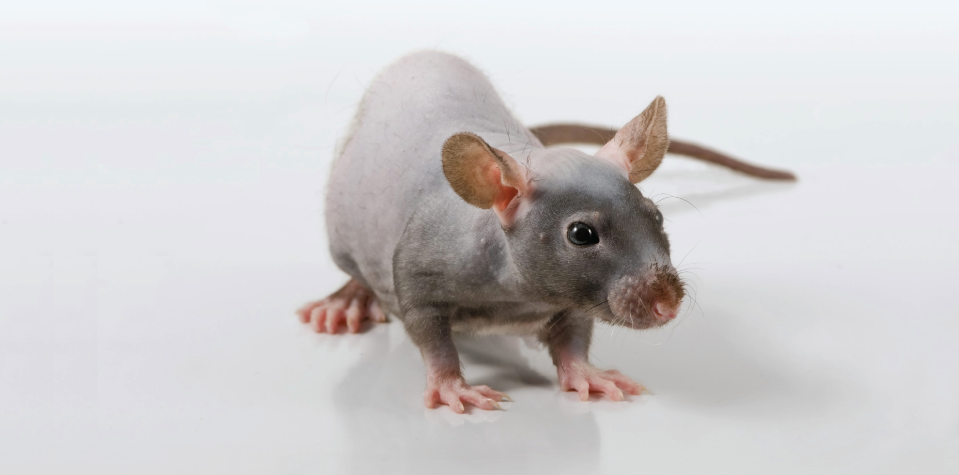
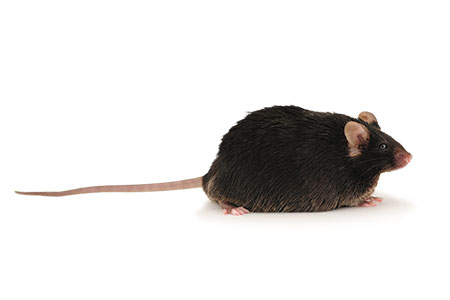
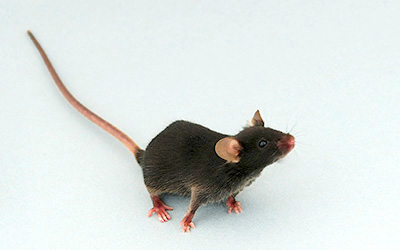
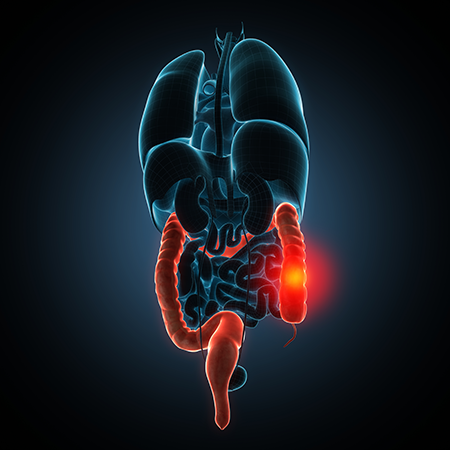




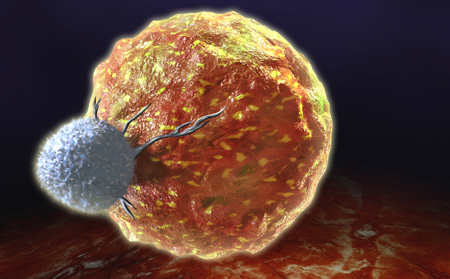


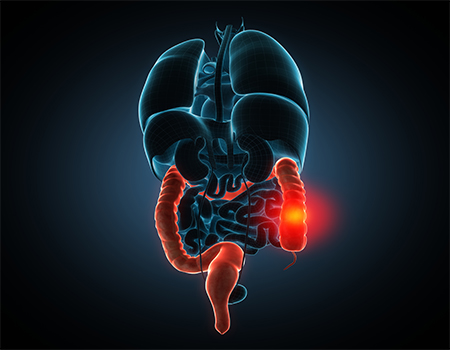
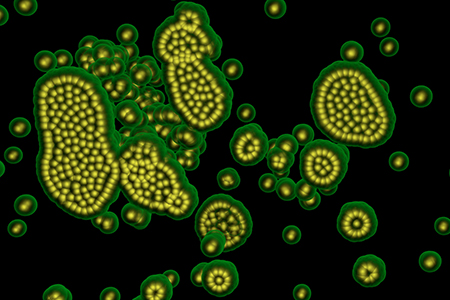

.jpg)

.jpg)
.jpg)
.jpg)
.jpg)



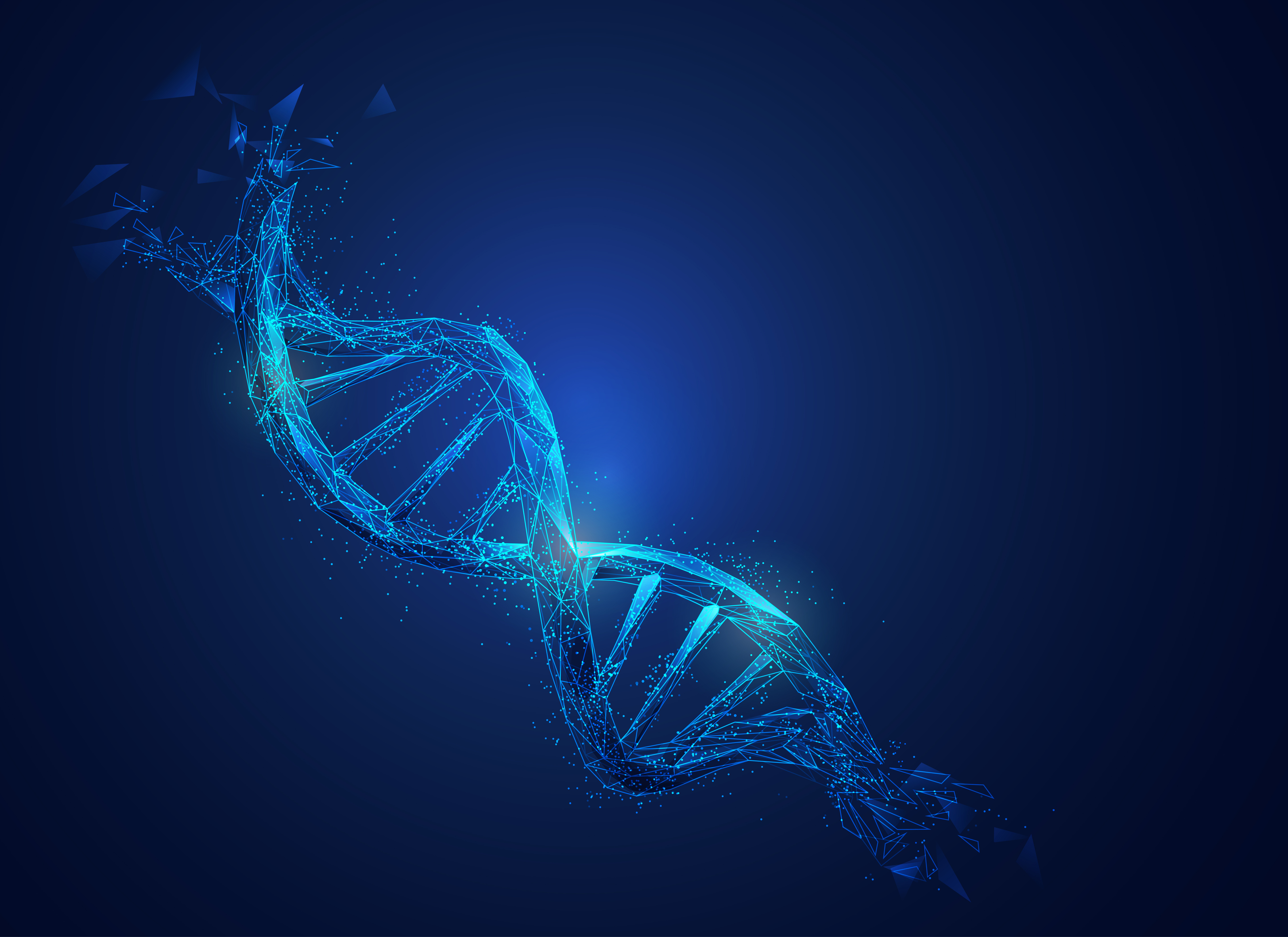
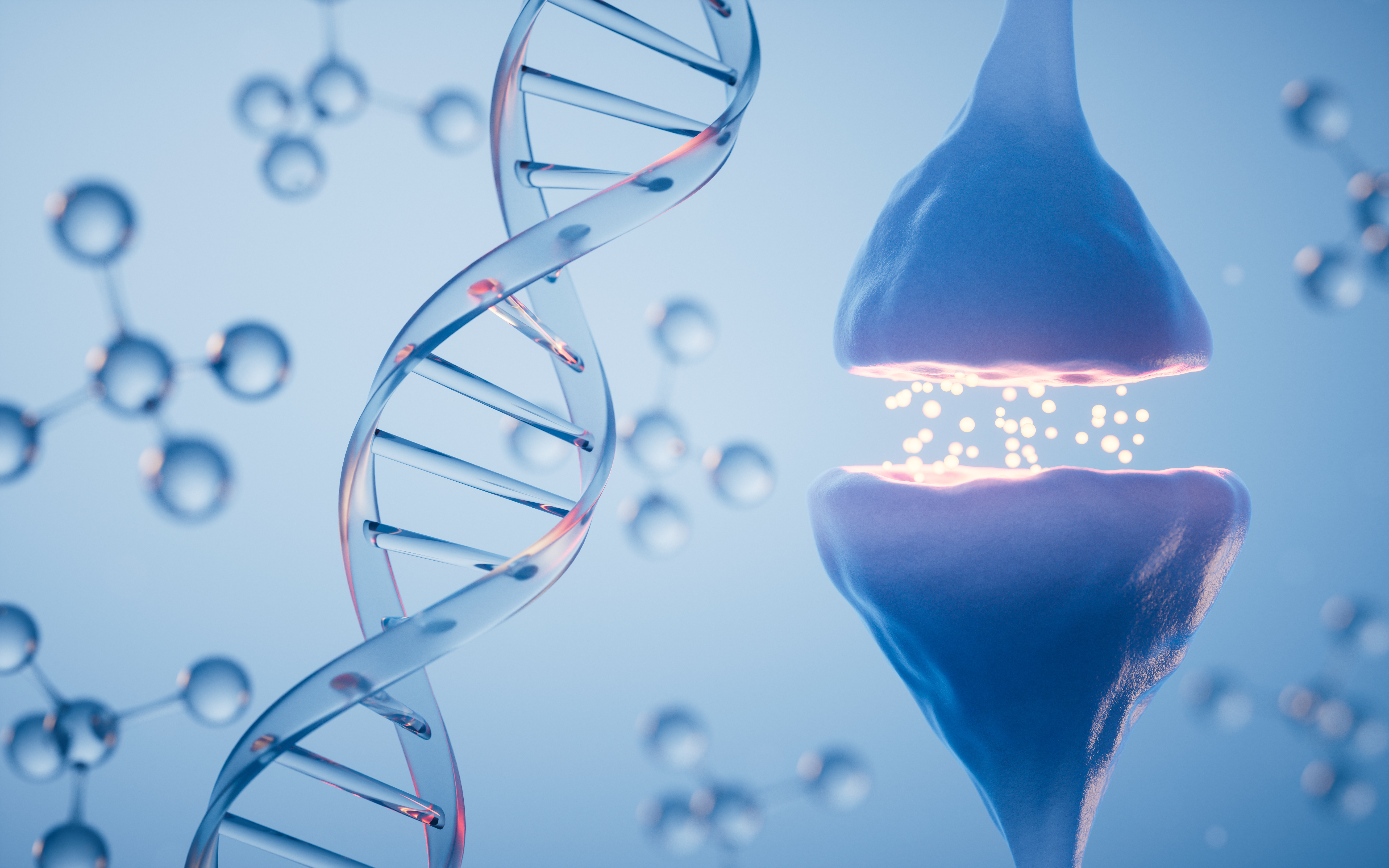
.jpg)


.jpg)
.jpg)




.jpg)




.jpg)

.jpg)















